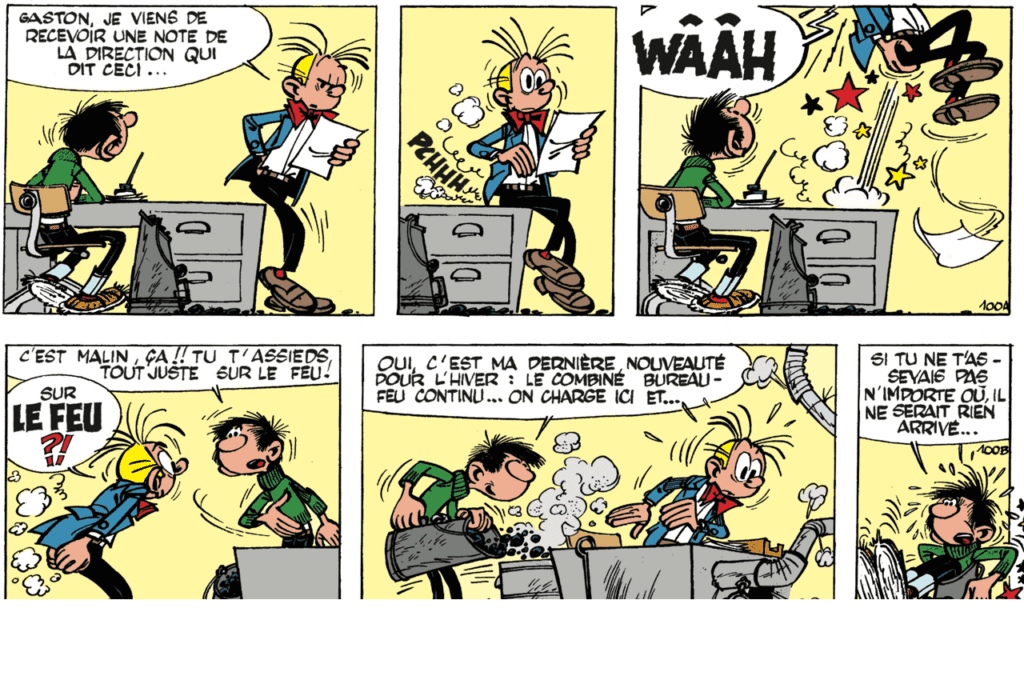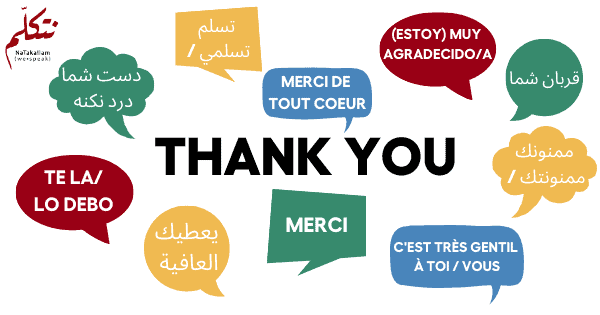6 Must-Try Easter Delicacies From Around The World
Easter is celebrated by millions around the world and it is not a surprise that food is at the heart of these festivities. Join us as we delve into the Easter delicacies from around the world – from Ukraine to Argentina, Armenia to Egypt.
 1. Paska (Ukraine)
1. Paska (Ukraine)
Paska (пáска) is a bread traditionally made at Easter in Ukraine and other parts of Eastern Europe. It is made with milk, butter, eggs, flour and sugar. In Ukraine, it forms an important part of the Easter basket also known as the “basket of blessed food” (свячене, “svyachene”) alongside Easter eggs (писанки, “pysanky”) and sausage (ковбаса, “kovbasa”).
Variations of this bread are also made in Armenian and Assyrian communities of Iran, Iraq, Armenia and the diaspora.
 2. Kaek and Ma’amoul (Egypt and the Levant)
2. Kaek and Ma’amoul (Egypt and the Levant)
Kaek (كعك) and Ma’amoul (معمول) are two cookies at the heart of all Egyptian and Levantine celebrations (read about ma’amoul in our Ramadan blog). These cookies are made with semolina flour and butter. They are stuffed with dates, pistachios, walnuts and flavoured with rosewater, orange blossom, mastic and mahlab. Each cookie is formed by hand or by using wooden moulds and each shape symbolizes an event associated with the Holy Week and Easter.
 3. Fattah (Egypt)
3. Fattah (Egypt)
Among the Coptic Christians of Egypt, fattah (فتّة) is a popular dish eaten at Easter and other feasts. It is a quintessentially Egyptian dish that dates back to the time of the pharaohs. It is made with rice, (lots of) garlic, crispy pita bread and a protein of choice – commonly, lamb.
The word fatteh comes from the Arabic root verb meaning “to break up” or “crush”, referring to the pita bread crumbs that form the bases of all fatteh recipes.
A similar but distinct dish is found in southern Levant. This Levantine counterpart (fetteh, فتّة), includes ingredients such as chickpea, strained yoghurt and other regional variations, and is a popular breakfast dish.
 4. Rosca de Pascua (Argentina)
4. Rosca de Pascua (Argentina)
This is a sweet bread enjoyed at Easter in Argentina. The name literally translates to “ring or bagel of Easter”. Like the name, the bread is shaped into a ring and decorated with cream, fruits, nuts and often, chocolate eggs.
It is similar to Rosca de Reyes and Galette des Rois, cakes enjoyed at Epiphany in several Spanish and French-speaking countries, respectively (read more about Galette des Rois, “Kings’ cake”, in our New Year traditions blog).
 5. Choreg (Armenia)
5. Choreg (Armenia)
Choreg (չորեկ), also spelled as “chorek”, “cheoreg”, or “choereg” is an Armenian sweet yeasted bread made at Easter. It is made with flour, butter, yeast, eggs, milk and sugar, and flavoured commonly with mahlab (cherry-based spice), mastic or orange zest. It is often braided using three strands to represent the Holy Spirit.
Variations of this bread are found in Greece (τσουρέκι, “tsoureki”), Turkey (paskalya çöreği), Romania (cozonac) and Bulgaria (козунак, “kozunak”).
 6. Petits Nids de Pâques (France)
6. Petits Nids de Pâques (France)
Literally translating to “little Easter nests”, this is a popular delicacy from France. It is a chocolate-based, nest-shaped pastry that brings together the symbolism of eggs at Easter with the decadence of chocolate. It is made with flour, sugar, a raising agent, butter, eggs and cocoa, and is served with chocolate Easter eggs nestled on the top.
Learn more about these delicacies, people and languages with NaTakallam, today! Book a session with one of our Ukrainian, Arabic, Persian, Spanish, French or Armenian language partners from displaced backgrounds, and delve deeper into the world of languages and everything sweet!
To all learners, language partners, and friends observing this festival Happy Easter – Shchaslyvoho Velykodnya (щасливого Великодня), Eid Fasih Sa’eid (عيد فصح سعيد), Shnorhavor Surb Zatik (Շնորհավոր Սուրբ Զատիկ), Felices Pascuas, Joyeuses Pâques!
CREDITS
– Copywriting: Maria Thomas is a copywriter with NaTakallam. She is currently pursuing her doctoral studies in art history. In her spare time, she enjoys reading, powerlifting and going on hikes.
– Copyediting: Emmy Plaschy is a volunteer content writer and editor at NaTakallam. She currently works in communications in Switzerland. In her spare time, she enjoys polishing her Arabic skills, writing and gazing at the stars.
6 Must-Try Easter Delicacies From Around The World Read More »













